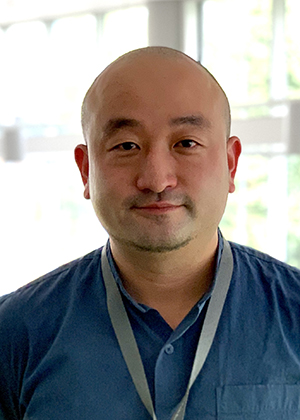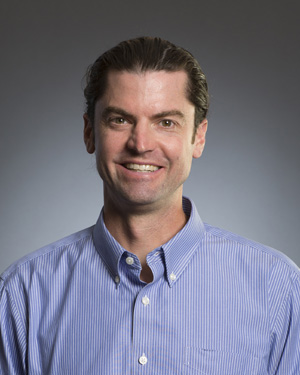
Samejima, Moritz, and colleagues suggest reporting standards for spinal cord stimulation studies
A new paper suggests minimum reporting standards for spinal cord stimulation (SCS) studies in spinal cord injury (SCI). These new minimum guidelines aim to improve the quality of SCS studies, a growing area of investigation. The guidelines will be developed further as the field progresses.
The paper, online now in in the Journal of Neural Engineering, was written by Soshi Samejima, DPT, PhD, Assistant Professor; Chet Moritz, PhD, Professor; and colleagues from across the US, Canada, and Europe.
Around 20.6 million people worldwide live with an SCI, which can disrupt control over movements, sensations, and autonomic functions, including heart rate and digestion. This can greatly reduce patients’ quality of life, increase health complications, and lead to high medical costs.
Electrical SCS is an emerging treatment that shows promise in helping people recover motor and autonomic functions lost due to SCI. SCS involves sending electrical currents to the spinal cord. This technique, which has been approved for managing pain, is now being explored for its potential to improve other SCI-related problems.
However, the research in this area faces several challenges. Many studies have been done, but they often have issues including small participant numbers, selection biases, poor reporting of potential risks, and inconsistent methods. There's also a lack of standardization in reporting study methodology, making it harder to understand and replicate successful treatments.
The article suggests that adopting standard reporting guidelines, similar to those in other areas of biomedical research, could improve the quality of SCS research, ultimately making it easier to turn research findings into clinical treatments. The proposed guidelines cover the equipment used, the settings of the stimulation, and how the treatment is applied, aiming to enhance transparency and reliability in this promising field of research.

